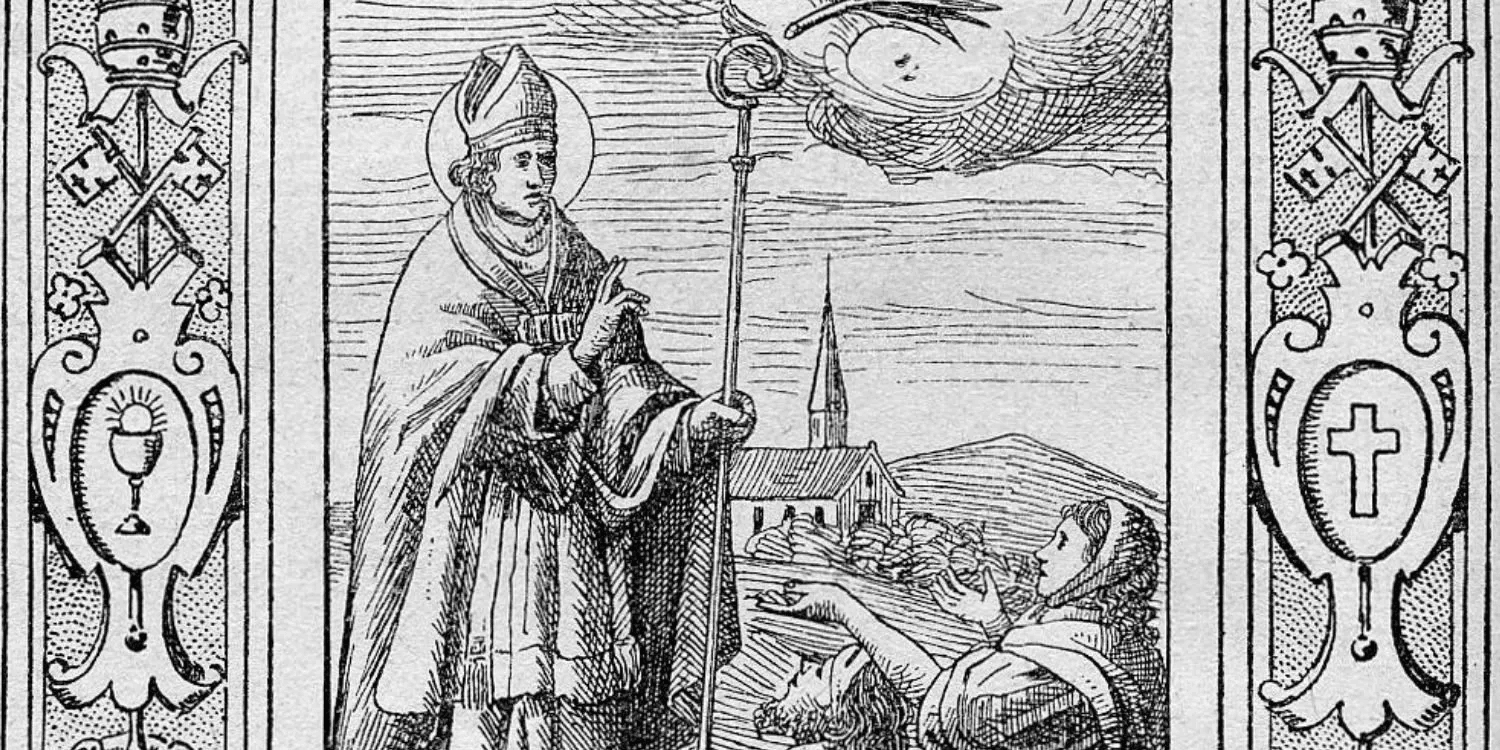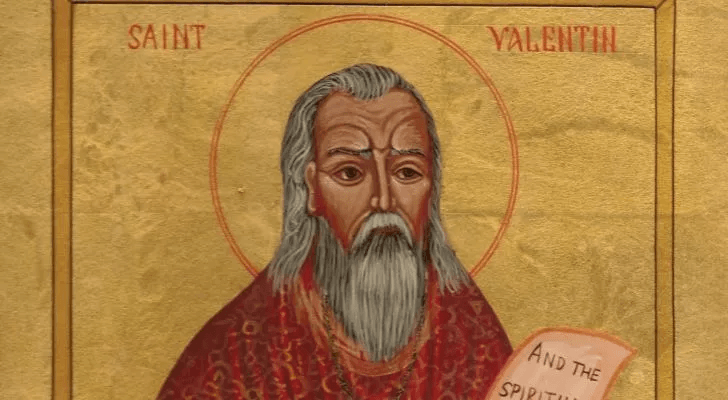
The Intriguing History of St. Valentine
- Life & Love

February 14th, Valentine’s Day, is a day for lovers to shower each other with gifts and romantic gestures. The origin of this great occasion can be traced back to the sacrifice of St. Valentine.
However, the story of St. Valentine is more complicated than it seems. Although he’s central in the day’s festivities, the historical context is murky. Plus, the celebration has roots in ancient European pagan religions.
If you’re just as curious as we were about the history of St. Valentine, buckle up! This article details his legacy and how we’ve turned his anniversary into a full-blown celebration of love.
The life of St. Valentine.

Putting the pieces of St. Valentine’s life together is quite the challenge. The first step is figuring out who he really was; it turns out that there was more than one St. Valentine known in the catholic church.
The first and possibly most famous story is of a Catholic priest from around third-century Rome. This was during the rule of Emperor Claudius II, who didn’t quite agree with the institution of marriage.
The emperor felt that men were more valuable as soldiers and effectively enacted a ban on all weddings for young men.
Nevertheless, the young priest Valentine was undeterred by the Emperor’s threats. Instead, he united couples in secret. When news of the discreet weddings got out, St. Valentine was arrested and sentenced to death.
The second story is about a Catholic bishop, St. Valentine of Terni, who also conducted secret weddings during the period of the marriage ban. Just like the other Valentine, he faced the wrath of Emperor Claudius II and was executed.
Unfortunately, the stories of these saints are riddled with inconsistencies. In addition, these legends are so similar it’s hard to distinguish between them. This explains why some people doubt if these stories are true at all.
The tragic origins of Valentine’s Day.

In all the stories, St. Valentine is thrown in jail after he is found guilty of breaking the marriage ban. In one variation, while awaiting his execution, he forms an unlikely friendship with the jailer’s blind daughter.
According to the legend, St. Valentine eventually healed the young girl of blindness. This act ultimately led her father and the rest of the household to adopt Christianity.
On February 14, his execution date, St. Valentine sent a handwritten note signed, “Your Valentine,” to the jailer’s daughter. This is believed to be the first Valentine’s note. Consequently, the anniversary of the priest’s execution became Valentine’s Day.
But that’s only one half of the story behind choosing the date for Valentine’s Day.
Long before St. Valentine fought for love, February 13 to 15 had a different meaning. These days were reserved for the pagan religious festival, Lupercalia.
Lupercalia celebrated the Roman god of agriculture, Faunus. As a part of the celebrations, young men and women were paired for the year, often leading to marriage.
Therefore, another reason the Catholic church fixed St. Valentine’s Day on February 14 was to overthrow the Pagan rituals.
Valentine’s Day celebrations didn’t immediately become the same mainstream romantic day we know today.
That transition came much later, around the 14th century. The 1375 poem by Geoffrey Chaucer, “Parliament of Foules,” is the oldest reference to Valentine’s Day as a romantic celebration.
St. Valentine in the catholic church.

There are at least three St. Valentines in the Catholic Church. Two of them were martyred in Europe for the sake of defending love, and the third one was in Africa.
Pope Gelasius I officially made February 14 the feast of St. Valentine in 496. This celebration continued in the church every year for centuries. But by 1969, the church removed it from the General Roman Calendar because the details of his life were murky.
St. Valentine is still a recognized Catholic saint. Fun fact: he’s not just associated with love and marriage. He is also the patron saint of epilepsy, greeting, plague, travelers, and young people.
Valentine’s Day traditions around the world.

Valentine’s Day is celebrated in many countries with gifts, letters, and flowers to lovers and friends. But in some places, this celebration takes a unique spin.
For instance, in England, little kids traditionally sang in exchange for candy and other gifts. People may exchange plum shuttles, delicious buns containing plums, raisins, or caraway.
In Germany, on the other hand, lovers gift each other pig-shaped presents for Valentine’s Day.
Italy takes Valentine’s Day celebrations pretty seriously. In fact, the festivities in Verona may span up to four days with multiple concerts and parties. But people still have intimate moments to exchange heartfelt notes.
In Finland, February 14 has a new meaning. It’s the day for commemorating Ystävänpäivä, which directly translates to Friendship Day. People share sentimental presents and gifts with friends they cherish the most.
Surprisingly, February 14 isn’t the only day to celebrate love worldwide. For instance, Spain also celebrates love on October 9, while May 1 is Lovers Day in the Czech Republic.
St. Valentine paid the ultimate price for the sake of love and marriage.
Despite the sad story of his life, we honor his memory yearly on the anniversary of his death, February 14.
While romantic love takes center stage on Valentine’s Day, it’s also a day to celebrate friends and all those we hold dear.





